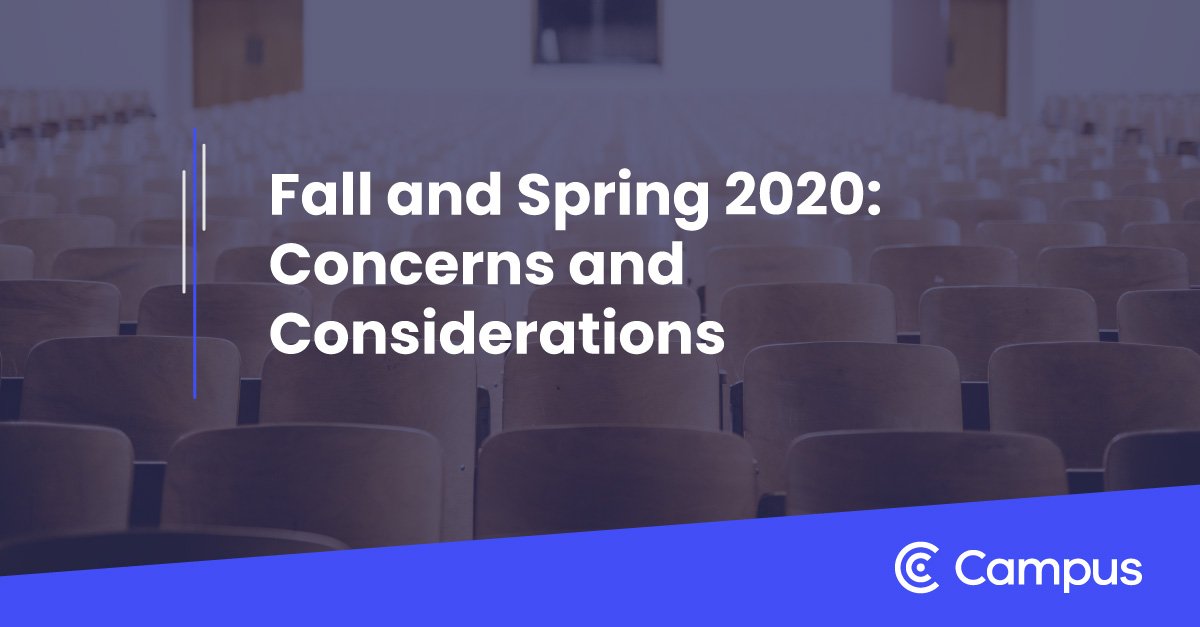I speak to Presidents, Provosts, Deans, Directors, and other academic leaders almost every day. Some contact me for thoughts or recommendations around everything from Teaching and Learning to moving X (programs, courses, etc) online to questions about innovative initiatives. But in the past year, some have contacted me to ask for my thoughts or at least to inquire about how other institutions are dealing with the virus.
On the covid front, a LOT of schools are still leveraging the “Toggle Term” concept (coined by Dr. Bryan Alexander) moving in and out of in-person and online instruction based on risk and threat levels. However, other schools are simply moving forward with the plan that was made last summer, regardless of changes or fluctuations. For some, that includes sending students home at Thanksgiving to finish the term from home. For others, it means riding out the semester with “normal” finals, etc. There are likely two dozen different permutations of activity regarding the final weeks of the Fall semester and the start of Spring.
But with all of the confusion and consternation, I must admit that I have found a few things to be excited about. Some of these leaders are incredibly bullish on different aspects of their institution’s support for the learning journey and I wanted to share some of that information with you.
- Connectedness is flourishing at some schools. Ok, as this is a blog on the Campus.app website, this first item may feel like self-promotion, but it is significant to me that so many of our partners are reporting continuity in connectedness by students, staff, and faculty, it makes my heart warm. The power of our platform is in going far beyond simply connecting students to URL’s or using Single-Sign-On (SSO) from a landing page to the tools needed by staff or faculty. Sure, we can log you into your LMS with ease. No, the power is in putting community and communication tools right in the mix so that your people (students, faculty, and staff) not only see them, but use them. The result at some institutions is that students are having conversations, joining groups, building study sessions, and much, much more, even though they are not on-campus right now.
- Administrators are optimistic about Spring 2021. While Spring still holds questions for many institutions, the questions are less than they were last summer. Some schools (especially community colleges) actually saw an increase in enrollments this Fall. While this pandemic has not leaned into the counter-cyclical norm for Higher Ed, there were fewer gap-year students than were predicted. So, while Spring will have some of the same concerns and maybe some new ones, most administrators are not as scared as they were five months ago.(One concern? Students got a bad taste of the learning experience in Fall and will just sit out this Spring. I think that is a largely over-blown prediction, but it could have a minor impact for sure.)
- Administrators are very optimistic about Fall 2021. Obviously, the vaccine reports are quite promising and should not be ignored as a part of this equation. But even before word came out about the potential for mass-vaccinations (which will likely be a new requirement for many colleges and universities, by the way), administrators were talking about next Fall. Why? Because of three important factors. First, for the small cadre of students who did take a gap-year specifically because of the virus, that will not persist for a second year. What parent is willing to finance their child’s two-year “break”, after all? Parents know what we all know: the longer a person stays away from school, the less likely they are to go back. But most students are ready to come back as well. Who wants to put their life “on hold” for longer than a year?But beyond the gap-year students, Higher Ed is in store for the counter-cyclical power to kick in. A lot of people lost their jobs this year and they do not want that to happen again. People want safety, security, and better pay. It was obvious that 2020 saw white-collar workers stay employed, even with a “perk” of working from home whereas employees without the need for a degree were furloughed if not outright fired. Some people needed time to set up the option to start a program or get a degree, but they will be knocking on the doors of our schools soon.
Finally, the change in political administrations will also play a role in the algorithm. Whereas the current President made a lot of academic administrators quite nervous, never knowing if something good or bad was coming at the next Tweet, students also felt nervous. There was never talk nor traction in or around education, loans, costs, etc. But the new administration has stated that they are committed to helping students get a college degree. That will help institutions feel secure giving advice and aid, but will also help students find that aid more easily and quickly.
I hope you are seeing (and feeling) what I am. Not only did some schools use their CARES money extremely wisely, setting up infrastructure improvements that should pay dividends for years to come, but there are legitimate reasons to look forward to 2021. We, at Campus, are pretty bullish about this year too. While we have been extremely honored to see SO many schools approach us so as to build up that infrastructure, we also know that many schools will continue to innovate and build up this Spring.
We would love to have a conversation with you about how we might help. But regardless, we wish you a wonderful holiday season that we hope is filled with rest after a weary year, but also with some optimism for the year to come. With all of the 2020 memes speaking to a crazy, unflattering portrait of our world, here is to 2021 that is already starting to look much, much better.
